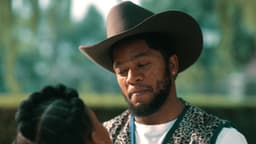
7 surprising moments in The Elon Musk Show
Elon Musk has made himself strategically unignorable. He is a public figure to the degree that many of us will watch the three-episode documentary series The Elon Musk Show with a background awareness of his curated public image as a lover, tech genius, visionary, innovator, and eccentric billionaire.
Each episode of The Elon Musk Show starts with a speed-run through Elon’s life. His second wife, Talulah Riley – who urged him to buy Twitter “to fight wokeism” – details their romance, which began when she was 22 years old and he was a recently separated 37-year-old father of five. It touches on his financial backing of the SpaceX rocket programme. Former US President Donald Trump praises Elon as a risk-taker – without addressing what material risk Elon’s decisions pose to himself as the world’s richest man.
We see how Elon’s offhanded comments dramatically impact global stock markets. It glancingly mentions his work with Neuralink in a voiceover that claims “he is creating a chip that can be put into our brains”, before leaping back to state that Elon is building a rocket that could take 100 people to Mars. And we see fleets of Tesla cars as the voiceover claims, “no one on Earth is doing more to change the world”.
Then, the words “This is Elon Musk’s Story” flash on screen and start to fragment. So, what’s the real story? Here are seven ways of looking at Elon that shook us in The Elon Musk Show…
1. Spitnik: Episode 1
Elon’s obsession with building his own space rocket was sparked when a Russian rocket engineer spat on his shoes. Elon, ignoring social protocols about doing business with the Russians, had tried to bulldoze his way through to buying an ICBM rocket by explaining his vision of making mankind a multiplanetary species. They saw both his interruption and the project as disrespectful, hence the spitting. According to NASA Jet Propulsion Lab veteran engineer Jim Cantrell, the Russians reportedly took stock of young Elon and decided that he was someone who could not be trusted with something as serious as a rocket.
2. The blame game: Episode 1
In the press, Elon blamed sloppy workmanship by SpaceX engineer Jeremy Hollman for the first failed Falcon 1 launch from Omelek Island in 2006 – even before a forensic analysis of the crash remains had been conducted. SpaceX Rocket Propulsion Engineer Thomas Mueller reveals that he, not Jeremy, was the engineer who had ordered the aluminium B-nut that failed. When Thomas suggested that Elon apologise to Jeremy, though, Elon refused to issue a retraction or apologise, insisting, “There’s no going back, we’re just moving forward”.
3. The confidence trick: Episode 1
The Elon Musk Show is a true eye-opener in revealing that Elon Musk’s true genius lies not in engineering, but in understanding venture capitalism. In both his projects with SpaceX and Tesla, we see him push engineers to inhuman lengths to create test products that appear to back up his wild promises. And the money comes pouring in. Venture capitalist Steve Jurvetson, an early investor in Tesla, reveals that Elon navigated the 2008 financial crisis, along with product and production failures at both Tesla and SpaceX, by pouring in every cent of his own money to keep Tesla going. That investment triggered other investors to come stampeding back to Tesla.
4. If I’m bored then you’re boring: Episode 3
Talulah Riley reveals that as Elon became more famous, the couple were invited to increasingly fancy parties and dinners. She claims that people would tell her they’d just met Elon, and would seem impressed by how distracted he seemed, assuming that his “genius mind” was off contemplating the future. But when she messaged him discreetly, he’d confirm he actually seemed distracted because he found the person incredibly boring.

5. Bigmouth strikes again: Episode 3
Head of Global Marketing for Tesla (2004-2017) Colette Bridgman admits, “There were things that would come out of his mouth … that, under any amount of stress, were not okay.” She reveals that in 2018 he’d become enraged, and his personality would be overtaken by anger. His third such outburst prompted her to leave the company. Following this, Elon told a room full of Wall Street analysts that “boring bonehead questions are not cool. If people are concerned about volatility, they should definitely not buy our stock.” The quip cost Tesla $2 billion in lost investment. The documentary also addresses the time during the Thai Cave Rescue in 2018 that Elon called British cave diver Vernon Unsworth “Pedo Guy” in a tweet out of spite.
6. Giga-waste: Episode 3
Journalist Linette Lopez reveals that in 2018, a whistle-blower within Tesla’s Nevada-based Giga factory, assembly line worker Martin Tripp, leaked papers to her showing how extraordinarily wasteful Tesla’s disjointed manufacturing process was on the Model 3 Tesla. Elon responded to the article by directly attacking Linette on Twitter. Elon’s “fans” joined the battle, disparaging Linette in racist, misogynist terms. Inside, Tesla retaliated by firing and harassing Martin.
7. It’s all about Mars: Episode 3
George Blankenship, VP of Tesla (2010-2013), claims that even Elon’s “wild hair” ideas are directed at testing products and ideas for life on Mars, from the SpaceX rockets, to the Tesla electric cars, which could be powered by a solar powered grid on Mars, to the Boring Company’s tunnel making venture. In the light of that claim, one has to wonder what Elon’s experiments on Twitter are teaching him about social engineering … and about who he will consider human in his vision for the future.

Finally, From X.com, to Tesla, to SpaceX, The Elon Musk Show spotlights Elon’s pattern of publicly announcing aggressively unrealistic timelines for delivery on projects. In episode 2 especially, we see Elon drive company cultures of working around the clock by example – without overtime pay, compensation, or consideration for the fact that he, as owner of the company, will profit from his own excessive work in a way that his workers absolutely will not be compensated for theirs. We see him exploit the engineering and technical experts without whom his products cannot exist – at a staggering psychological and physical cost to them – until the project is market ready, at which stage, “restructuring” begins.
And we see Elon Musk treat brilliant people as a disposable resource, in his efforts to create more sustainable technology. But to those who aren’t standing directly in the mouth of the blast furnace, the story of Elon Musk is one of a lone superhuman mastermind, pulling off the impossible for the good of all mankind.
Also watch on Showmax: Elon Musk: Titans of Tech

This 47-minute documentary made by Channel 4 in the UK uses archive footage, Elon Musk’s tweets, recordings of TV and trade show appearances and brief, first-person interviews with journalists, tech insiders, and former employees, to hit the basic points in Elon Musk’s trajectory as a tech investor up until his purchase of Twitter, along with some of the more serious criticism that has been levelled against him.
More like this

The Mindy Project S1-6
Dr Mindy Lahiri (Mindy Kaling from 'The Office') juggles her personal dreams and professional duties in a quirky New York medical practice.

20+ addictive South African reality shows to stream
Stream The Real Housewives Ultimate Girls Trip - Africa, Vaal Riviera, The Real Housewives of Durban, The Mommy Club, and more of South Africa's best reality shows on Showmax.

Where to watch The Real Housewives franchise online
Showmax is the home of The Real Housewives, giving an inside look at the lives of these glam women from Durban, Abuja, Lagos, Joburg, Nairobi and more. Plus, go on vacation with The Real Housewives Ultimate Girls Trip!

The Real Housewives of Beverly Hills S14-15
The series follows six of the most affluent women in the country as they enjoy the lavish lifestyle that only Beverly Hills can provide.

It's Florida, Man S1-2
This outrageous HBO comedy is a love letter to the beaches, backwaters and people of a misunderstood yet magical American state.
Volspoed S1
Volspoed follows Antonie and Ronette Marx, a husband and wife chasing different versions of success in the fast-paced world of endurance racing.

Star Trek: Strange New Worlds S3
Venture into the unknown with Captain Pike, Spock, Number One and the USS Enterprise crew a decade before Captain Kirk's legendary five-year mission.
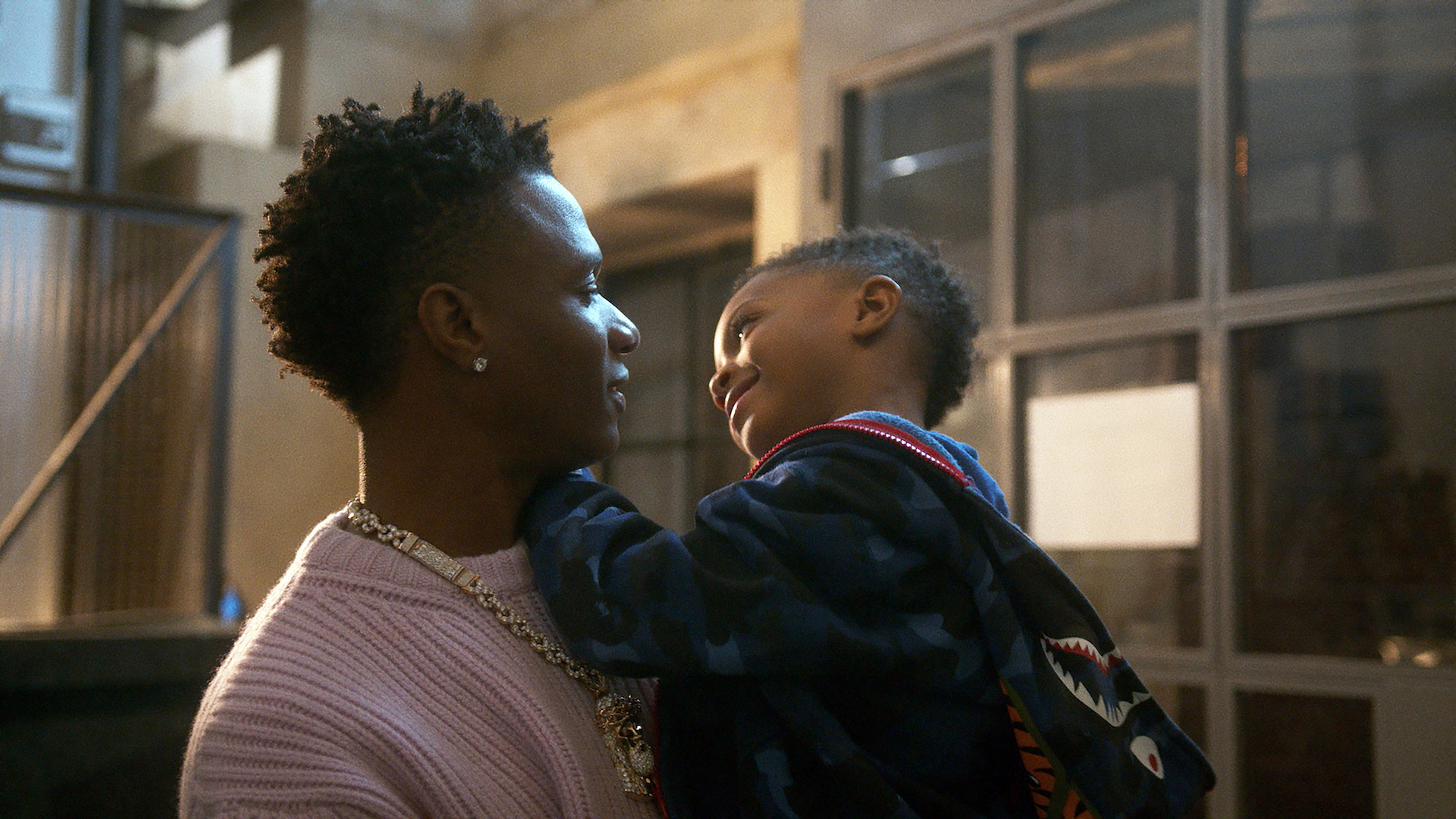
Wizkid: Long Live Lagos (2025)
This intimate and uplifting documentary explores Grammy-winning Nigerian artist Wizkid's rise to superstardom as one of the biggest Afrobeats artists.
Stella Murders: The case of two dead South African teens
Steinheist: South Africa's biggest corporate scandal
The most binge-worthy series to stream

The Mindy Project S1-6
Dr Mindy Lahiri (Mindy Kaling from 'The Office') juggles her personal dreams and professional duties in a quirky New York medical practice.

20+ addictive South African reality shows to stream
Stream The Real Housewives Ultimate Girls Trip - Africa, Vaal Riviera, The Real Housewives of Durban, The Mommy Club, and more of South Africa's best reality shows on Showmax.

Where to watch The Real Housewives franchise online
Showmax is the home of The Real Housewives, giving an inside look at the lives of these glam women from Durban, Abuja, Lagos, Joburg, Nairobi and more. Plus, go on vacation with The Real Housewives Ultimate Girls Trip!

The Real Housewives of Beverly Hills S14-15
The series follows six of the most affluent women in the country as they enjoy the lavish lifestyle that only Beverly Hills can provide.
Latest Stories

What to watch on Showmax in January 2026

Die Kwiksilwers (2024)

Fana Mokoena on playing a sangoma in Masinga
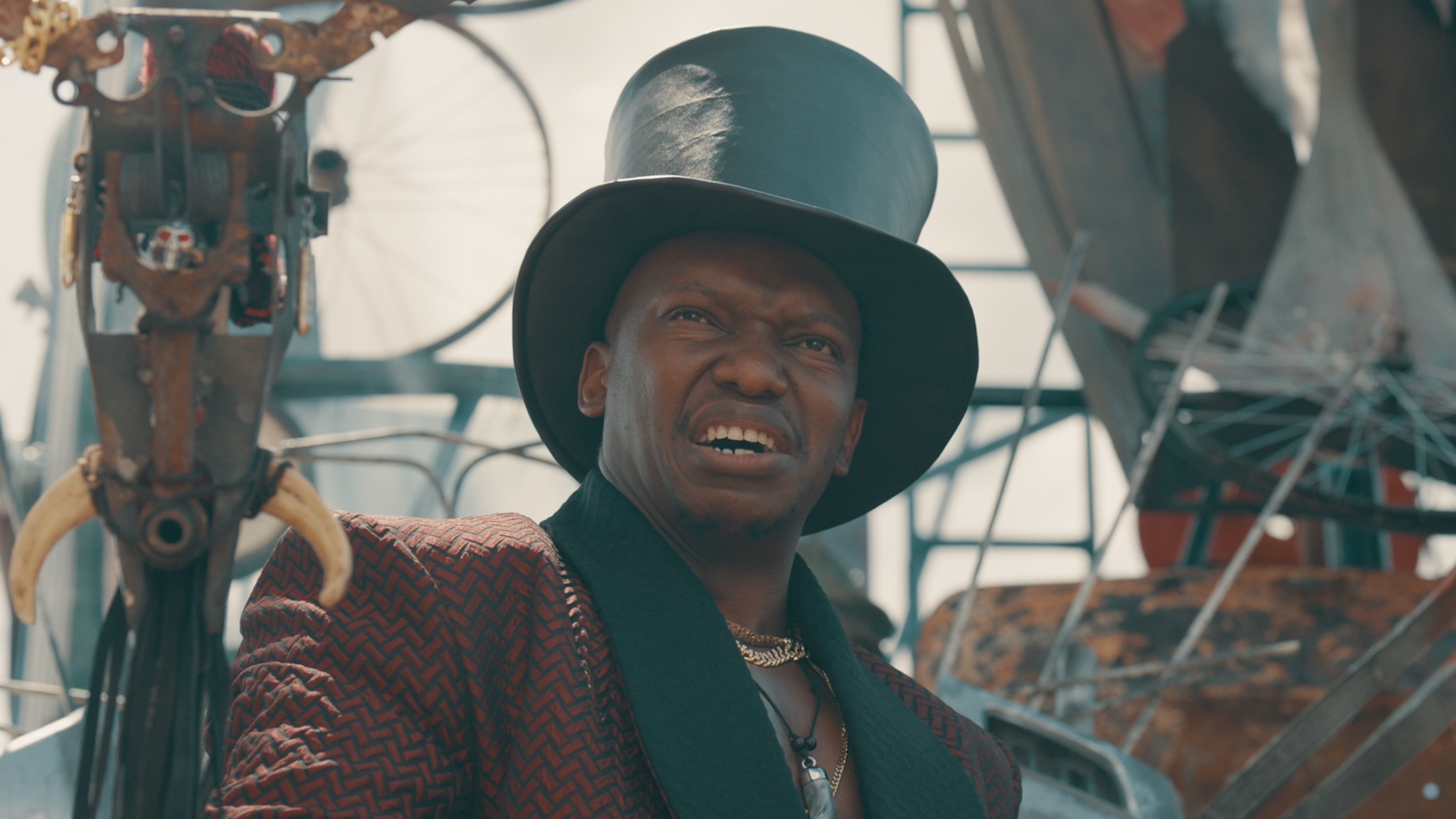
Tlali returns: Outlaws’ most loved and hated villain is back
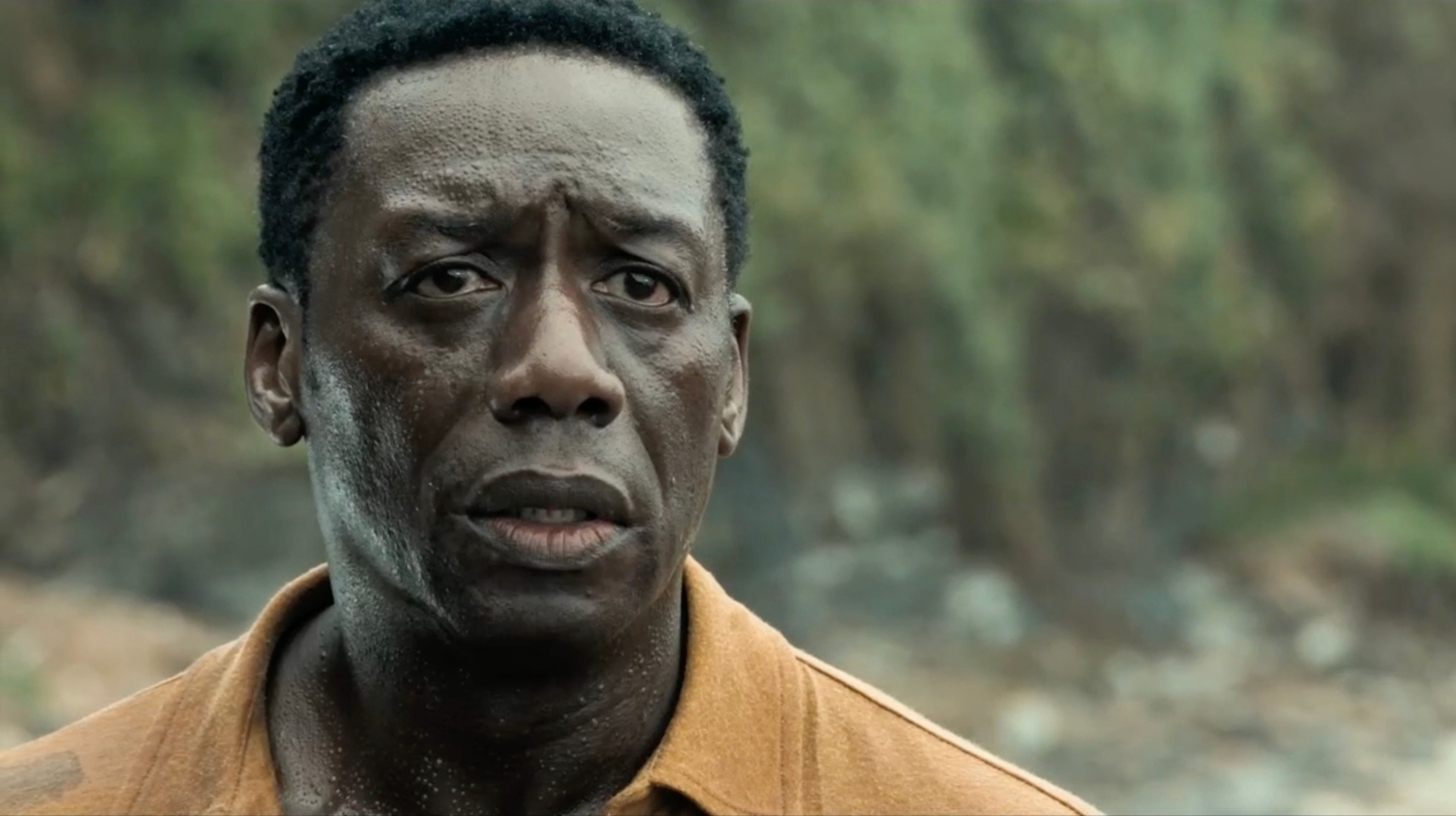
What to watch on Showmax in December 2025

Afrikaans adaptation of The Office to premiere in January
.png&w=3840&q=100)
Youngins' Kealeboga Masango on Buhle's pregnancy shock
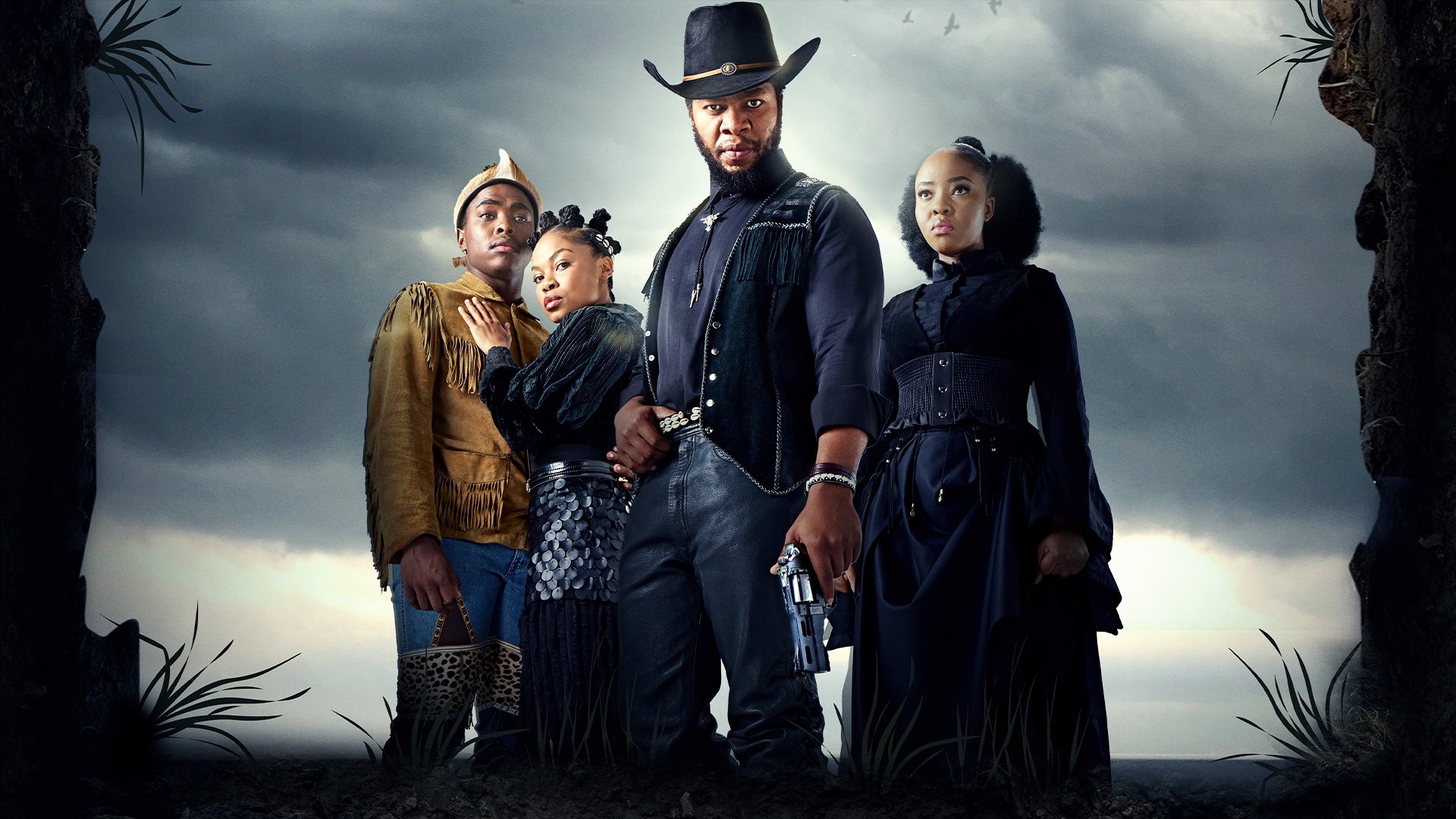
Where to see the cast of Outlaws S2 on Showmax

Mamodibe as Buang: The woman behind the warrior in Outlaws

From Poverty to Purpose: The Redemption of Emmanuel Adebayor: Why Saving Lives Trumps Scoring Goals

Christall on The Ultimate Girls Trip, Evodia and more

“No one wins in war” - Nikki Comninos on Unspoken War
Reney Bouwer gets candid in Showmax documentary Slay Queens

Manchester City vs Liverpool: The Rivalry Reignites
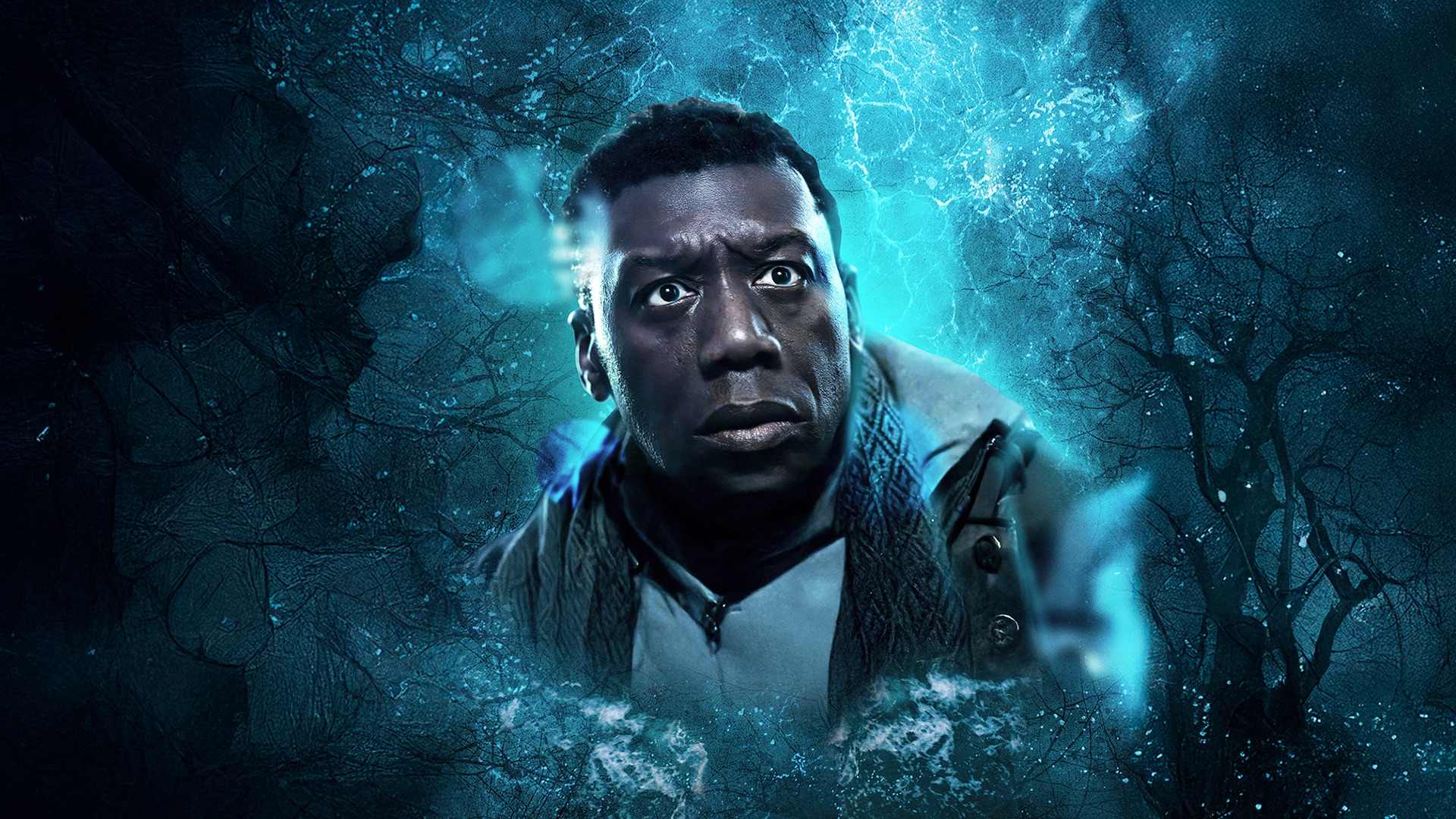
Hakeem Kae-Kazim on Showmax crime thriller Masinga - The Calling

Lehlohonolo Mayeza on Leruo’s battles in Outlaws Season 2
Slay Queens: Inno Morolong on the dark side of the lifestyle

10 fun things to watch on World Animation Day

Annie Mthembu opens up about The Real Housewives Ultimate Girls Trip Africa
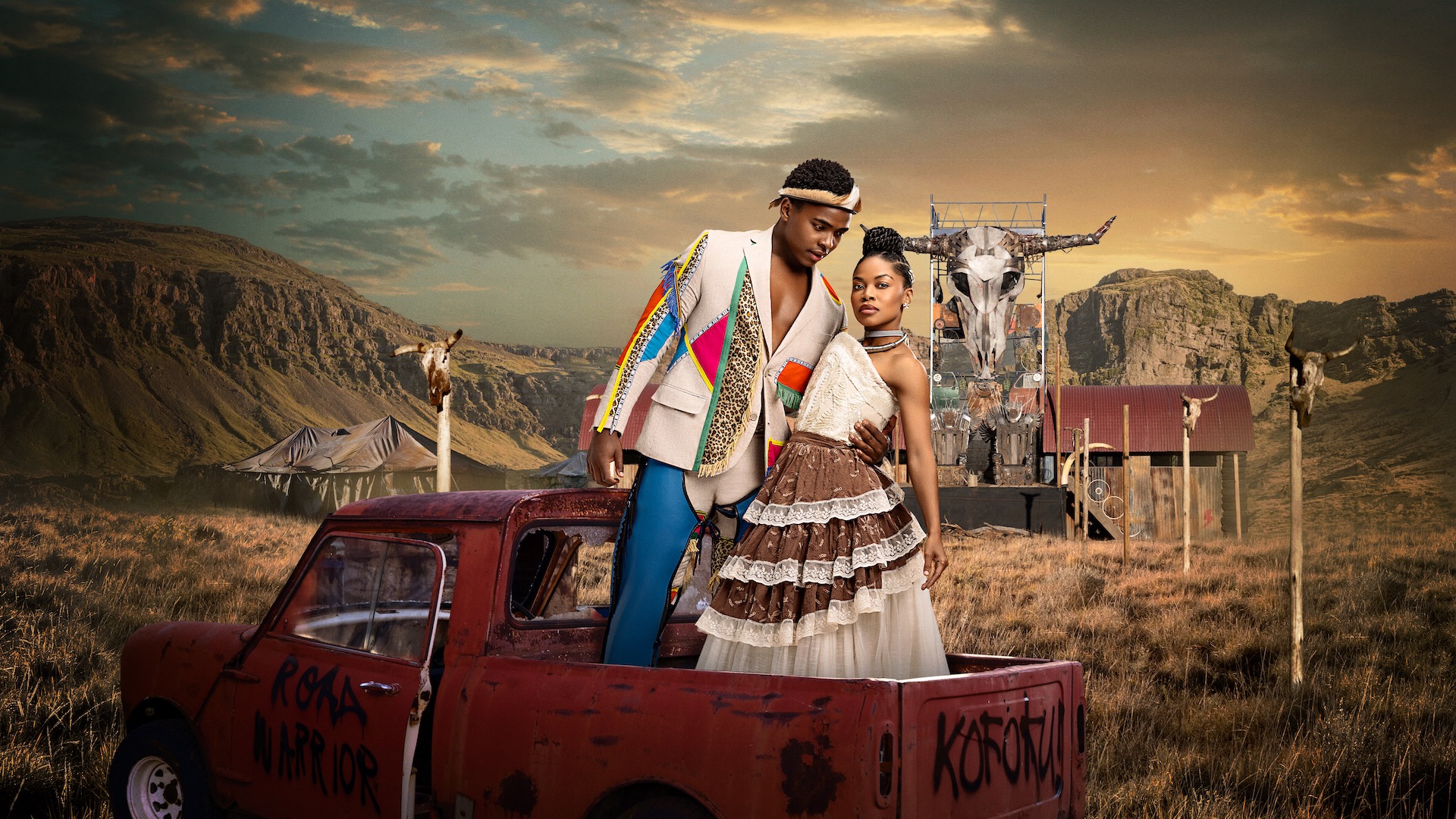
What to watch on Showmax in November 2025

Can LFC rediscover the form that saw them crowned champions?

Conor Bradley on Liverpool's difficult run and the path back
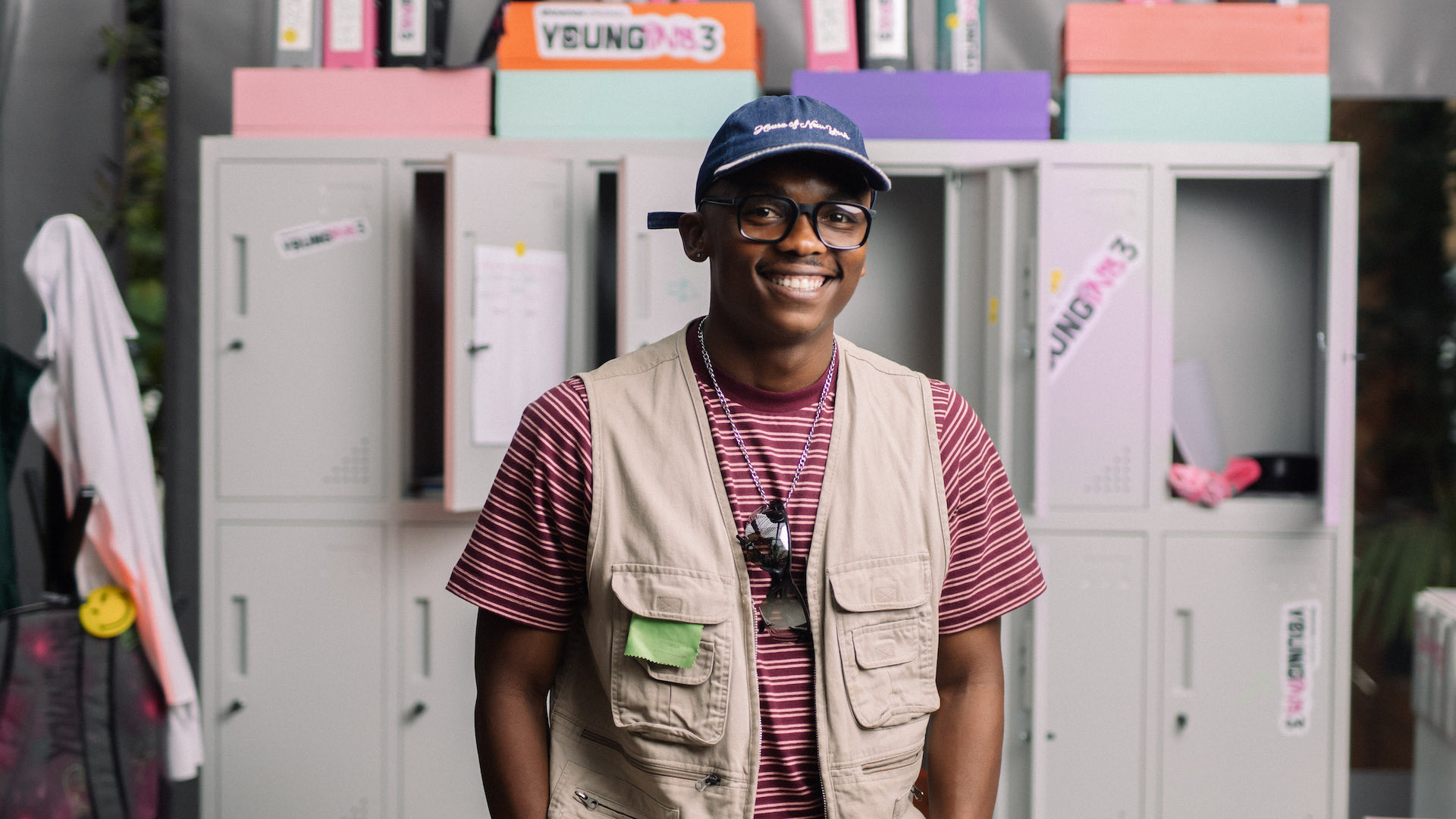
Youngins S3: Toka Mtabane on Khaya and Amo's relationship

Finding Optel to hit Showmax after BFI London Film Festival




